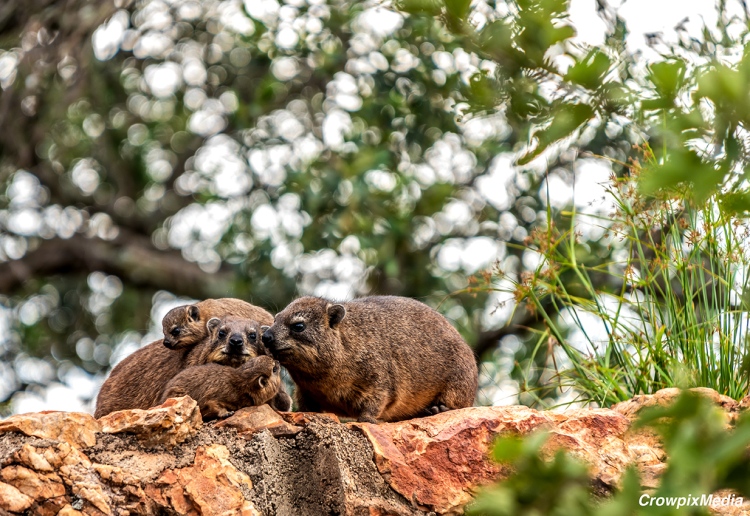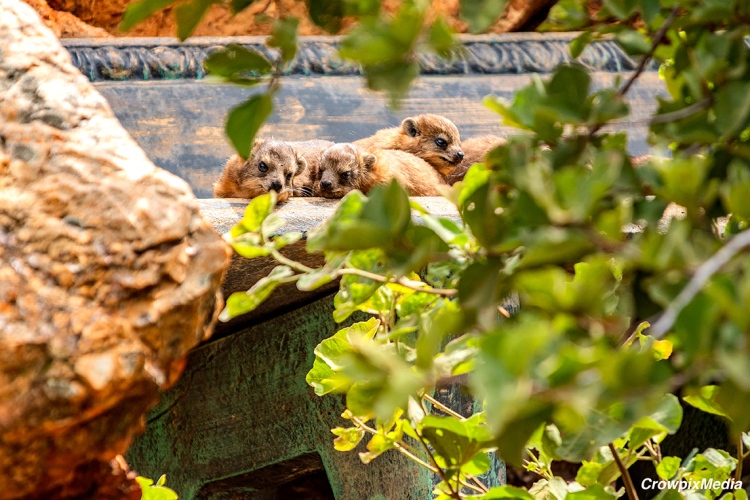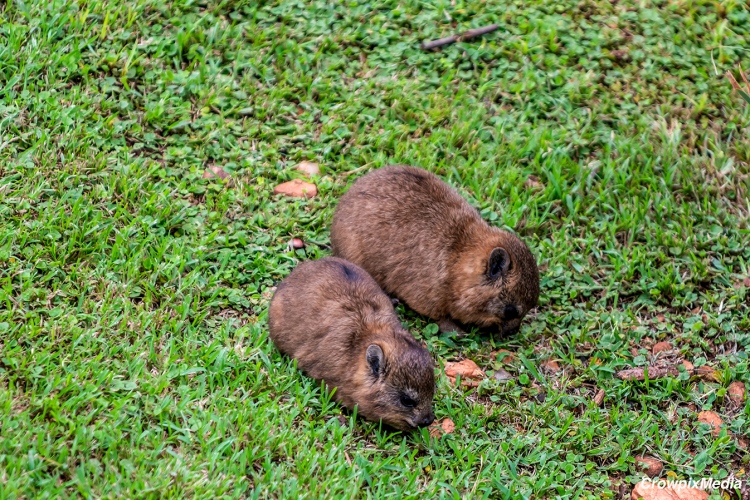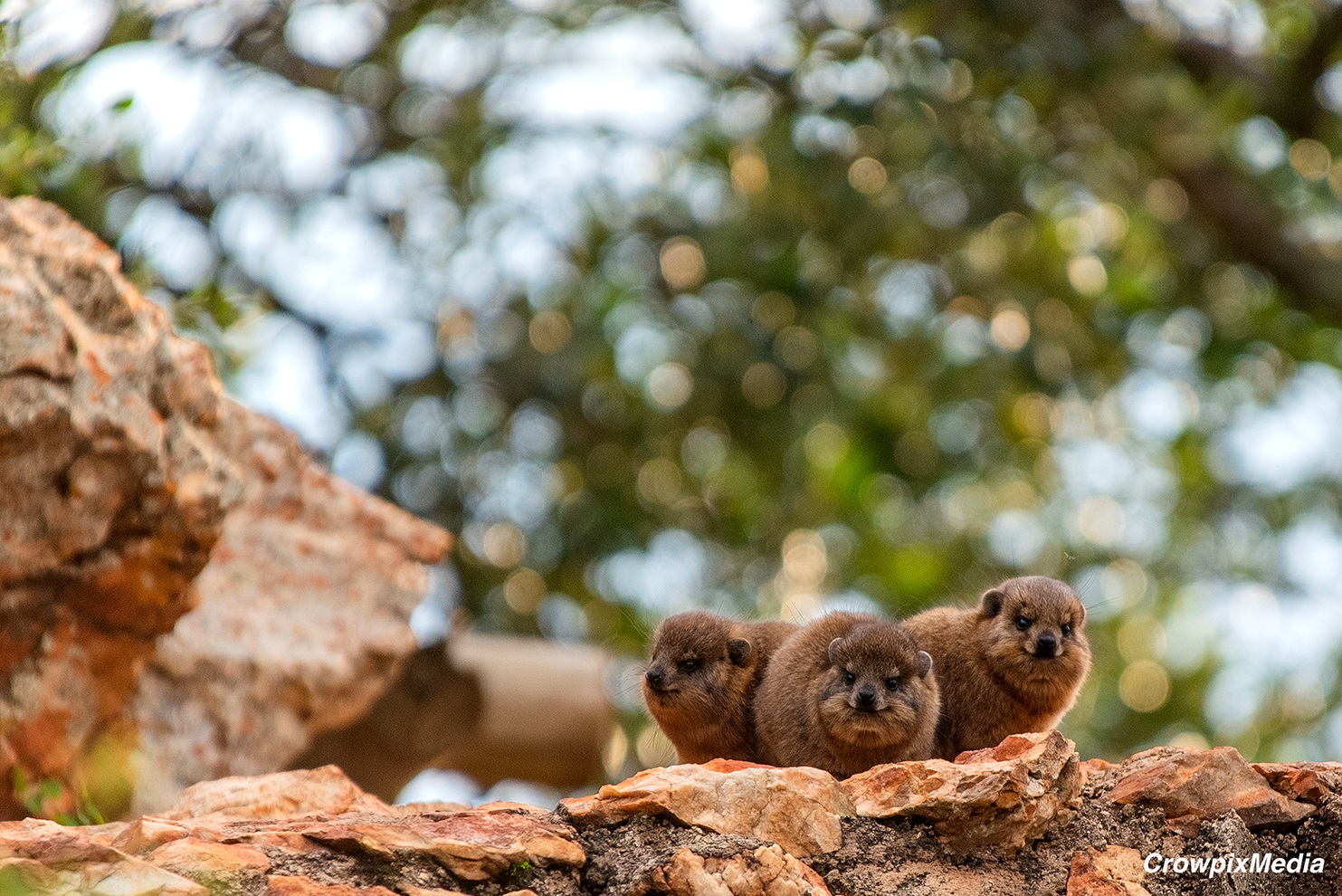Are you a nature lover constantly seeking ways to connect with the wild, even in the city’s heart? Look no further than the art of photographing urban wildlife. This captivating and unique genre involves capturing the beauty and diversity of wild creatures thriving in urban environments with your camera.
Table of Contents
- Inspiring Urban Wildlife Photography Through Visual Storytelling
- Showcasing The Beauty of Urban Wildlife Through Storytelling
- An Urban Wildlife Visual Storytelling Case Study
- In Conclusion
Inspiring Urban Wildlife Photography Through Visual Storytelling
Urban wildlife photography can inspire conservation efforts in the urban environment by connecting people with the beauty and diversity of wildlife in their cities. By connecting with nature and showcasing the resilience and adaptability of urban wildlife through captivating visual stories, photographers can encourage viewers to develop a deeper appreciation for these creatures and their urban habitats.
Photographs can evoke emotions and create a sense of empathy. When viewers see images of urban wildlife thriving amidst concrete and steel, they are more likely to question the impact of urbanization on these creatures’ lives. This curiosity can lead to increased support for conservation initiatives and a desire to create more sustainable and wildlife-friendly cities.
At least it can bring about a deeper awareness of wildlife in the neighbourhoods.
Urban wildlife photography can also serve as a powerful tool for education. By sharing images accompanied by informative captions or stories, photographers can raise awareness about the challenges faced by urban wildlife and the importance of preserving their habitats.
This awareness can inspire individuals, communities, and policymakers to take action and implement measures to protect urban biodiversity.
Showcasing The Beauty of Urban Wildlife Through Storytelling
Photography can freeze a moment, conveying emotions and narratives that words alone sometimes struggle to capture. Moreover, conservation photography goes beyond capturing beautiful images; it’s about telling compelling stories that evoke emotions and inspire action.
By showcasing the beauty of urban wildlife through storytelling, we can engage and educate viewers, encouraging them to become advocates for conservation.
When photographing urban wildlife, consider the narrative you want to convey:
- What message do you want to deliver?
- Is it the resilience of an animal navigating a busy street or the beauty of birds finding refuge in a city nature reserve?
Each photograph should have a purpose and contribute to the overall story you want to tell.
An Urban Wildlife Visual Storytelling Case Study
Editing and selecting the final six images for a photo story can be complex. Choosing your favourite six images to present to your audience may lead to tough decisions about your work as you are forced to look at your images critically.
Ultimately, you must make the difficult choices and design a compelling visual account of events that intrigue the viewer.
As further advice, accompany your images with captions or short narratives that provide context and share information about the species, their habitats, and the environmental challenges they face. This additional information can deepen the viewer’s understanding and foster a sense of connection and empathy. Like any other narrative creation, your visual story must flow and make sense to the viewer.
When creating a photo story, we consider six types of storytelling photos.
What Are The Six Types of Images That Create Compelling Visual Stories?
For the below example of a local urban wildlife photo story, I have chosen the following labels for the sequence of six images used:
- Intro shot: The attention grabber. The first image should be the most eye-catching and intriguing for apparent reasons. The first image of your photo story serves a similar purpose as a headline to an article. It must captivate the audience and lead them into your visual story.
- The Journey shot: The viewer begins the journey into our photo essay. The second photograph must continue to hold the viewer’s attention. There must be elements of awe, fascination or intrigue that keep to the intended narrative.
- The Middle: The audience should now understand what the visual story depicts. The midpoint series of photos should lead the viewer to the story’s heart. Essential parts of the narrative are developed at this stage—the middle works in tandem with the next stage, the follow-through.
- The Follow-through: By keeping the viewer’s attention at all times through the visual narrative, the story now develops the plot and lays out the facts. The story should aim to provide the desired emotion in the reader according to the type of story told, e.g. an uplifting or sad story.
- Penultimate: As the title suggests, this is the last image leading the viewer to the story’s conclusion. This photo should begin to wrap up the story and convey any remaining relevant parts of the visual narrative.
- The Conclusion: Wrap up your story with an image that concludes and impresses the tale into the viewer’s mind. Leave on a high or impactful note, driving the gist of the visual story into the beholder’s mind.
The photographic visual story below is based on a family of Rock Hyrax (dassie) that live in the rockfaces and open land surrounding my home garden. I have attempted to create a “cute” and uplifting story showing a picture of the daily life of the urban wildlife after the mating season when the recently-born Dassies became active.
I hope my urban wildlife photographic story entertains and enlightens you.






In Conclusion
Photographing wildlife in your urban area is an excellent opportunity to get great photos of the nearby wild creatures. It is easy and cheap, and there is no need to travel far away. Although they may not always be obvious, fascinating visual stories exist in your urban environment. What is required is that you have to seek them out and photograph them.
So, pick up your camera and let your creativity guide you as you journey to capture moments that tell stories worth sharing with the world.
Copyright@Crowpixmedia. All Rights Reserved 2024.

Before you go! Leave a tip!
Please consider a donation to support the work Crowpix Media’s work.
$1.00

One thought on “Urban Wildlife Photography: A Case Study of Photographic Visual Storytelling”